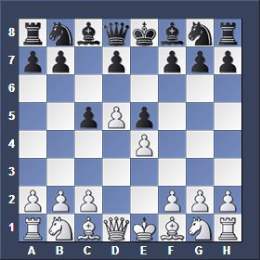
That means they had to move a pawn that has not moved, as pawns can only move two squares on their first turn. The captured pawn MUST move two squares forward.įor you to capture en passant your opponent's pawn MUST move two squares forward, landing next to your pawn. 1 Regardless of the actual colors of the board, the lighter-colored squares are called 'light' or 'white', and the darker-colored squares are called 'dark' or 'black'. White's e5-pawn, and Black's b4-pawn are ready to capture en passant. Starting position Chess is played on a chessboard, a square board divided into a grid of 64 squares (eight-by-eight) of alternating color (similar to the board used in draughts ). Its name comes from a French expression which. The rule was only introduced in the 15th century so fairly late for a major change in the way the game is played rather than policed (as in touch move or the 50-move rule). In these memes, players express that when they see an opportunity to pull off En Passant, they are deeply tempted to do so, even if doing so would not help them win the game or in fact put them in a disadvantageous situation. This is perhaps the most special of all chess rules and it is probably the most difficult to explain. In order to use the en passant capture as White your pawn must be on the fifth rank, and for Black the pawn must be on the fouth rank! 'En Passant' has also been memed by people who know the rule. The captured pawn must be on the fourth rank. The capturing pawn must be on the fifth rank. Yes, pawns are the known as the weakest piece in chess, but they are the only piece that can use this special rule! Any of your eight pawns can use the en passant capture when it is legal.

If that Pawn moves, the White Bishop would be able to take the Black King. The Black pawn on c4 is pinned by the White Bishop on a2. Some problem-composing contests simply prohibited having an en passant as the key move.

1.cxd3 is not allowed.Īlso, it can't be carried out if your pawn is pinned to your king: 6k1/8/8/8/2p5/8/B2P4/4K3 w - 0 1 By definition, a composed position has no preceding moves, so having an en passant capture as the first move of a solution became an issue, when it couldn't be known if the preceding move was a double-jump of a pawn.
:max_bytes(150000):strip_icc()/castling-promotion-and-en-passant-611548FINAL-00d1403bfff445c3baac34820121803b.jpg)
You can't take a pawn en passant if that pawn just made a discovered check to your King: 8/8/7k/8/2p5/8/3P4/2B1K3 w - 0 1Īfter 1.


 0 kommentar(er)
0 kommentar(er)
